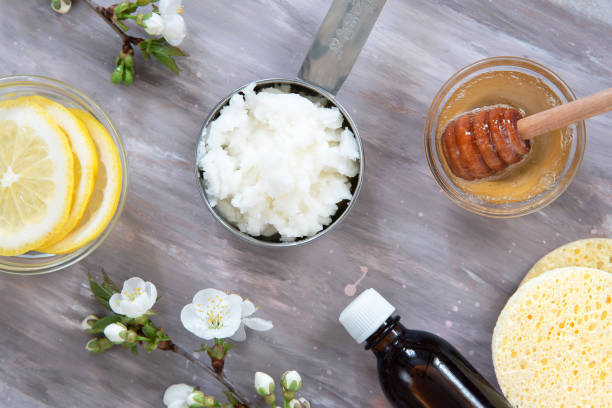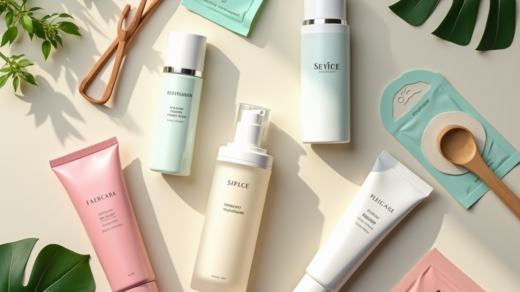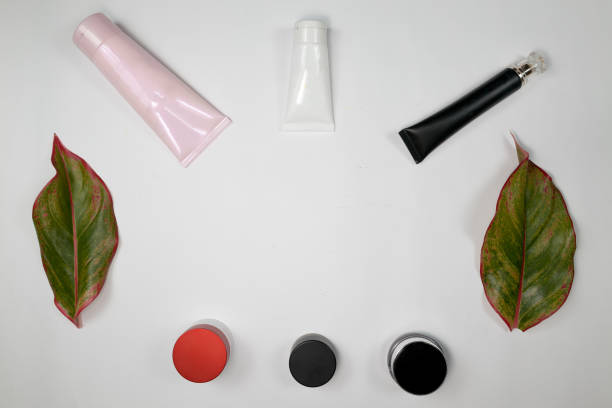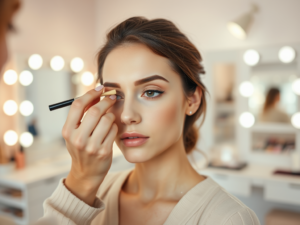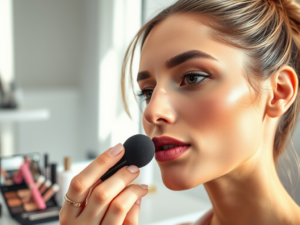The Ultimate Guide to Hyaluronic Acid and Retinol: What You Need to Know
In the realm of skincare, the quest for flawless skin can sometimes feel overwhelming. With countless products vying for attention and promises of youth and radiance, it’s essential to navigate this landscape with knowledge. Among the myriad of ingredients, two powerhouses stand out: hyaluronic acid and retinol. These compounds have garnered attention for their remarkable effects on skin hydration, renewal, and overall appearance. This guide seeks to demystify these ingredients, providing clarity on their benefits, how they work synergistically, and practical tips for incorporating them into your skincare routine.
Understanding each ingredient’s unique properties and mechanisms can empower you to make informed decisions about your skincare. Hyaluronic acid is renowned for its ability to hold moisture, making it a beloved choice for hydrating serums and creams. On the other hand, retinol, a derivative of vitamin A, has established itself as a potent agent in the fight against signs of aging. Together, they can be the dynamic duo your skincare routine needs. As we dive deeper, you will uncover valuable insights into how to harness the full potential of these ingredients effectively.
Understanding Hyaluronic Acid

Hyaluronic acid is a naturally occurring substance found in the body, primarily known for its impressive capacity to retain moisture. It is a humectant, which means it can attract and hold onto water molecules, making it invaluable for maintaining skin hydration. When applying products containing hyaluronic acid, you’re essentially helping your skin draw moisture from both the environment and deeper skin layers. This bolsters hydration levels and can lead to plump, supple skin.
One of the key benefits of hyaluronic acid lies in its versatility. It is suitable for various skin types, including oily, dry, and sensitive skin. Moreover, it plays a crucial role in maintaining skin elasticity and firmness, regardless of age. This makes it a must-have in your skincare arsenal, especially if you live in dry environments or experience fluctuations in skin hydration.
- Helps in retaining moisture for greater hydration.
- Enhances skin elasticity and firmness.
- Suitable for all skin types, even sensitive skin.
- Can diminish the appearance of fine lines and wrinkles.
Using hyaluronic acid in your skincare routine is straightforward. Typically, it is beneficial to apply it to damp skin to lock in moisture effectively. Serums containing hyaluronic acid are particularly popular for this purpose. For optimal results, look for formulations that include other beneficial ingredients such as vitamin C or niacinamide.
Understanding Retinol
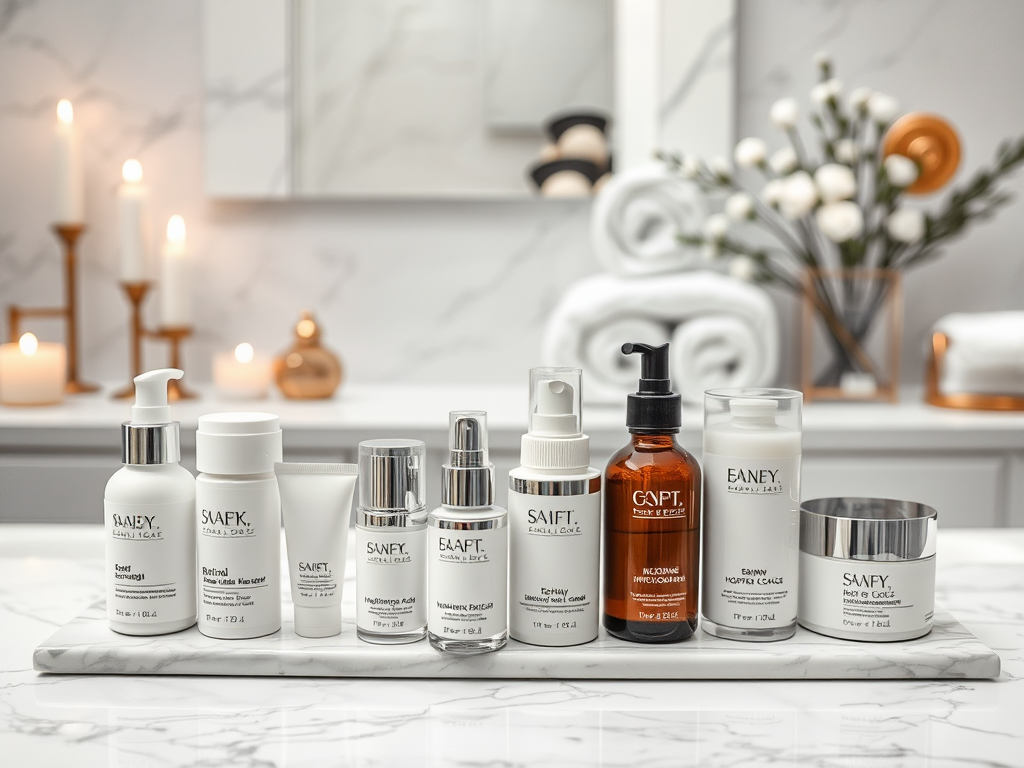
Retinol is a form of vitamin A that has made waves in the skincare world thanks to its remarkable ability to prompt cellular turnover and enhance skin texture. By accelerating the shedding of dead skin cells, retinol encourages the growth of fresh, new skin. This intervention can significantly combat common skin concerns, such as fine lines, wrinkles, and uneven pigmentation.
Beyond its anti-aging properties, retinol is also known for promoting collagen production, which is key in maintaining the skin’s structure and firmness. As we age, natural collagen levels decline, leading to more visible signs of aging. Regular use of retinol can help restore this vital component, leaving skin looking healthier and more youthful.
- Reduces fine lines and wrinkles.
- Promotes collagen production for firmer skin.
- Improves skin texture and tone.
- Addresses issues like acne and pigmentation.
However, retinol isn’t without its challenges; some users may experience irritation, especially when first introduced to the ingredient. Therefore, it’s advisable to start with lower concentrations and gradually increase usage as your skin adapts. Applying retinol at night is recommended since it can make your skin more sensitive to sunlight.
| Aspect | Hyaluronic Acid | Retinol |
|---|---|---|
| Purpose | Moisturizing | Cell renewal and anti-aging |
| Application | Morning and night | Evening only |
| Skin Types | All types | Best for mature or acne-prone |
| Possible Side Effects | Minimal | Irritation, dryness |
The Science Behind Hyaluronic Acid and Retinol
Understanding how hyaluronic acid and retinol interact with your skin at a molecular level reveals their individual benefits more completely. Hyaluronic acid’s ability to hydrate and retain moisture is vital in shielding the skin from the potential drying effects of retinol. When applied together, hyaluronic acid can create a buffer, promoting both hydration and youthful skin.
The synergy between these two ingredients is significant. By integrating them into a well-rounded skincare regimen, you not only bolster hydration but also encourage the revitalization and rejuvenation of the skin. For instance, using hyaluronic acid before retinol can ease the learning curve for users, minimizing irritation while permitting retinol to effectively perform its role in smoothing and renewing the skin’s surface. This dynamic duo maximizes results, enabling your skin to thrive.
Best Practices for Incorporating Hyaluronic Acid and Retinol into Your Routine
Successfully integrating hyaluronic acid and retinol into your skincare routine requires some savvy tweaking based on your skin type. For those starting with retinol, layering the two can make a significant difference. Apply hyaluronic acid first, followed by the retinol. This order ensures your skin benefits from hydration before soaking in the active ingredients.
Timing is also crucial. While hyaluronic acid can be used in both morning and evening routines, retinol should be reserved for nighttime application. This practice helps limit the potential for irritation and maximizes the efficacy of retinol in improving skin texture and tone. Remember that consistency is key; it may take a few weeks of regular use to see pronounced results.
- Look for serums with both ingredients or layer them for enhanced benefits.
- Consider additional complementary ingredients like peptides or antioxidants.
- Stay hydrated and maintain a balanced diet to support skin health from within.
Potential Side Effects and How to Manage Them
Even though both hyaluronic acid and retinol offer impressive results, being aware of potential side effects is essential. For retinol, initial users might notice indications of irritation such as redness, peeling, or dryness. To combat these symptoms, gradually introduce retinol into your routine—starting with a lower concentration can help your skin adjust.
Hyaluronic acid, on its own, is generally well-tolerated by all skin types, with minimal reported side effects. However, overuse can occasionally lead to a sensitized feeling, particularly in conjunction with retinol. Creating a balanced skincare routine, whereby you alternate nights between retinol and other soothing treatments, can provide some relief and promote better skin resilience.
Conclusion
The combination of hyaluronic acid and retinol can enhance your skincare routine astoundingly. By understanding and leveraging the unique benefits of these two ingredients, you can achieve healthier and more youthful-looking skin. Heed the importance of personalization in your skincare journey; adapt your approach based on your skin’s needs and responses. The transition to a routine rich in these elements may not simply elevate your skincare game but also instill a renewed sense of confidence.
Frequently Asked Questions
- What is the difference between hyaluronic acid and retinol? Hyaluronic acid primarily hydrates the skin, while retinol promotes cell renewal and reduces signs of aging.
- Can I use hyaluronic acid and retinol together? Yes, they can be used together; hyaluronic acid helps to mitigate the potential dryness caused by retinol.
- How often should I use retinol? Start with once a week and gradually increase to 2-3 times a week based on your skin’s tolerance.
- Is hyaluronic acid safe for all skin types? Yes, hyaluronic acid is generally considered safe and beneficial for all skin types, including sensitive skin.
- How long does it take to see results from retinol? It typically takes about 4-6 weeks to notice visible improvements in skin texture and tone from retinol use.
